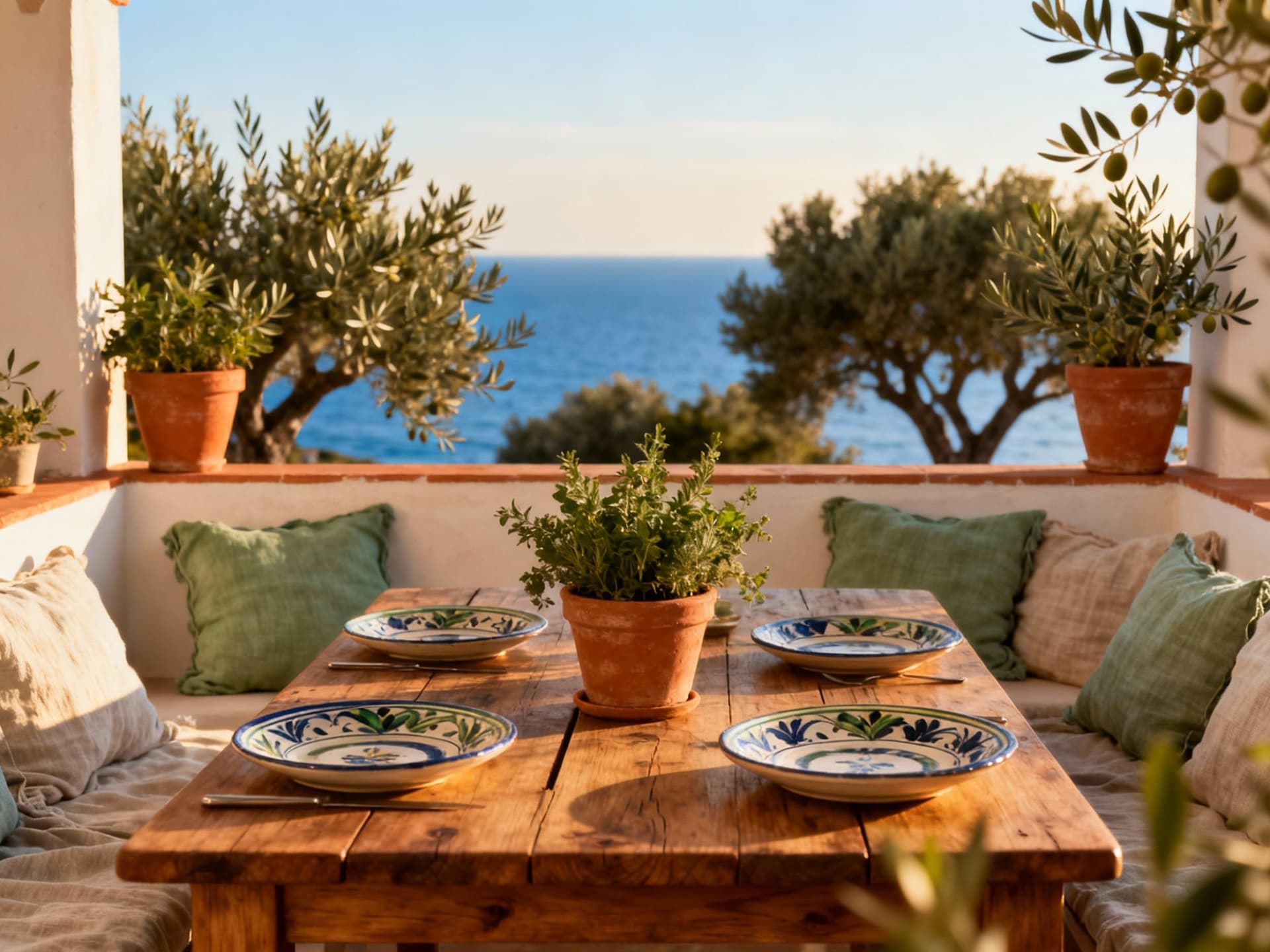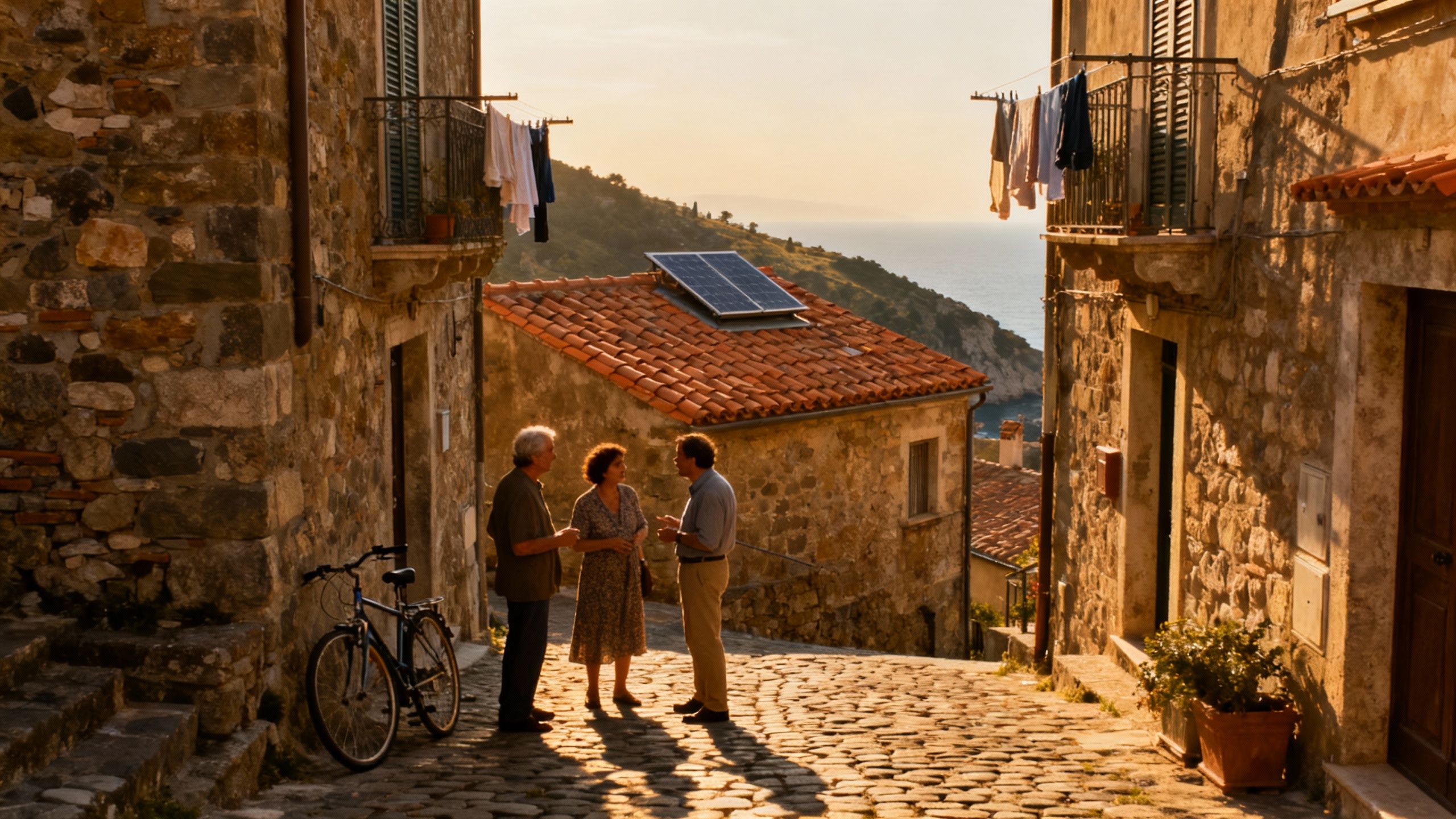Cyprus: The Quiet Rules That Shape a Sustainable Buy
Fall in love with Cyprus’ sunlit rhythms while learning the specific permit, title and local‑practice steps non‑EU buyers must follow to secure a sustainable, livable home.
Imagine waking to the smell of baking halloumi and sea-salt on a wind that carries bougainvillea along a narrow street in Limassol. Buying in Cyprus can feel like stepping into a slow, sunlit story — stone houses that hold summer, villages where rituals of market and sea still rule the week. Yet behind that warmth are real legal and permit steps that shape whether your dream becomes a livable, sustainable home. We begin with life in place, then quietly walk through the paperwork you’ll meet — the small rituals that protect both you and the island’s landscape.
Living the Cyprus life: senses, seasons, and neighbourhoods

Cyprus lives in light and rhythm: mornings brim with espresso at kiosks, afternoons drift to siesta or sea, and evenings bloom into long dinners under vines. From the cosmopolitan pulse of Limassol’s marina to the olive-studded quiet of Kakopetria, each place carries a different tempo. For mindful buyers, that tempo determines not only where you’ll plant herbs and solar panels, but how a property’s layout, orientation and materials will serve daily life year-round.
Limassol, Larnaca and Paphos — coastlines with different characters
Limassol hums with luxury developments, cocktail terraces and yacht life; it’s where modern apartments and high‑spec builds concentrate, often with rooftop PV and concierge services. Larnaca offers a quieter coastal cadence, good airport links, and pockets of traditional houses near the old harbour — a practical choice if you want balance. Paphos trades the bustle for a sense of village-by-the-sea, cobbled lanes and archaeology; its mix of renovated stone homes and new eco-friendly projects draws families and buyers after slower summers.
Village life: Troodos foothills and the island’s quieter economies
Move inland and the Troodos foothills show a different Cyprus — chestnut trees, slow markets and stone-built houses that breathe. Here, sustainability often arrives naturally: thick stone walls, shaded courtyards, rainwater tanks and gardens rich with native herbs. If you crave connection to land and long winters for writing or restoration projects, villages such as Omodos or Platres offer a tangible sense of community stewardship.
- Lifestyle highlights: café culture in Larnaca’s Finikoudes promenade; aperitivo terraces around Limassol Marina; Sunday markets in Paphos Old Town; olive‑press festivals in the Troodos villages; secluded coves such as Konnos Bay for late‑summer swims; early‑morning markets at Ledra Street for fresh halloumi and citrus.
Making the move: practical considerations that protect place and buyer

The dream must meet the law. Cyprus keeps specific rules for non‑EU buyers under the Acquisition of Immovable Property (Aliens) Law, Cap.109 — usually a straightforward permit from the District Administration for a residence or a small plot, but one that requires clear paperwork and timing. Read the application steps early; delays or regional inconsistencies can blink away an otherwise good contract, especially when District Officers request different supporting documents.
Common permit pitfalls and how to avoid them
Buyers often underestimate small but consequential items: whether a land parcel exceeds the 4,000 sqm limit for non‑EU purchasers, missing translations for civil documents, or believing a deposited contract substitutes for ministerial permission. Practically, secure a lawyer who will submit application form COMM 145, confirm permitted land size, and check whether the plot has all planning approvals — a small upfront fee that often prevents big heartaches later.
Property types and what they mean for sustainable living
A seafront apartment might promise low maintenance and year‑round rental appeal, but its balcony orientation and glazing matter for heat gain and cooling needs. Traditional stone homes offer passive cooling and thick thermal mass, ideal for low‑energy retrofits. New builds can be designed to green standards — ask about insulation, PV readiness, water recycling and native landscaping to reduce irrigation needs.
- Practical steps before signing (blending lifestyle + legal assurance): 1) Commission a local solicitor to check title, permitting history and any easements; 2) Request an energy and orientation audit to see how the house performs in summer and winter; 3) Confirm the District Administration permit process if you are non‑EU (COMM 145); 4) Verify that the property’s building permit and final planning approvals exist and match current plans; 5) Budget for registration, stamp duty and potential retrofitting for solar or water efficiency.
Insider knowledge: what expats wish they’d known
Experienced buyers tell the same two truths: the market is active and documentation matters. Recent industry reporting shows Cyprus reached record transaction values in 2024 while house prices continued to rise into 2025, so timing and region matter — Limassol commands premium pricing while value can be found in Larnaca and Paphos. That means a good local agent and lawyer are not luxuries but essentials for both protecting the transaction and finding homes that fit a low‑impact life.
Cultural and day‑to‑day realities buyers miss
Cypriot life is social and seasonal: festivals, church feasts and village markets create sudden spikes of life and demand. Learn a few Greek phrases, join a local association or taverna table, and you’ll discover off‑market opportunities and trusted tradespeople for sustainable renovations. Also accept that municipal services and permit interpretations vary by district — patience and local relationships pay dividends.
Longer term: stewardship, resale and community
Think beyond purchase price: orientation, water access, and ecological fit shape resale and your day‑to‑day joy. Buyers who invest in native landscaping, rainwater capture and modest solar panels often enjoy lower running costs and stronger local goodwill. If you plan to let, choose neighbourhoods with year‑round life rather than purely seasonal tourism to preserve community and rental resilience.
- Red flags to watch: unclear title history or missing final approvals; plots larger than permitted for non‑EU buyers; inconsistent documentary requests from district offices; sellers unable to show stamped building permits; promises of rapid ministerial permissions without paperwork.
- How to close with care: 1) Use escrow and a solicitor-approved contract; 2) Ensure the sale includes clear obligation for any outstanding planning rectification; 3) Register the deed only after permissions are confirmed; 4) Plan immediate small sustainability upgrades (LEDs, timer controls, basic PV readiness) to lower running costs while you settle.
Conclusion — Cyprus as lived, cared for and protected: If you arrive with curiosity for markets and respect for local process, Cyprus rewards you with sea, soil and a neighbourly life that encourages stewardship. Start with a neighbourhood visit — sip coffee on a chosen street, watch how light falls on roofs at midday, and then bring in a local agent and solicitor who value the island as much as you do. These practical steps turn a sunny aspiration into a sustainable home that honours place and community.
Dutch property strategist who helped 200+ families find sustainable homes in southern Europe; expert in legal pathways and long-term stewardship.


